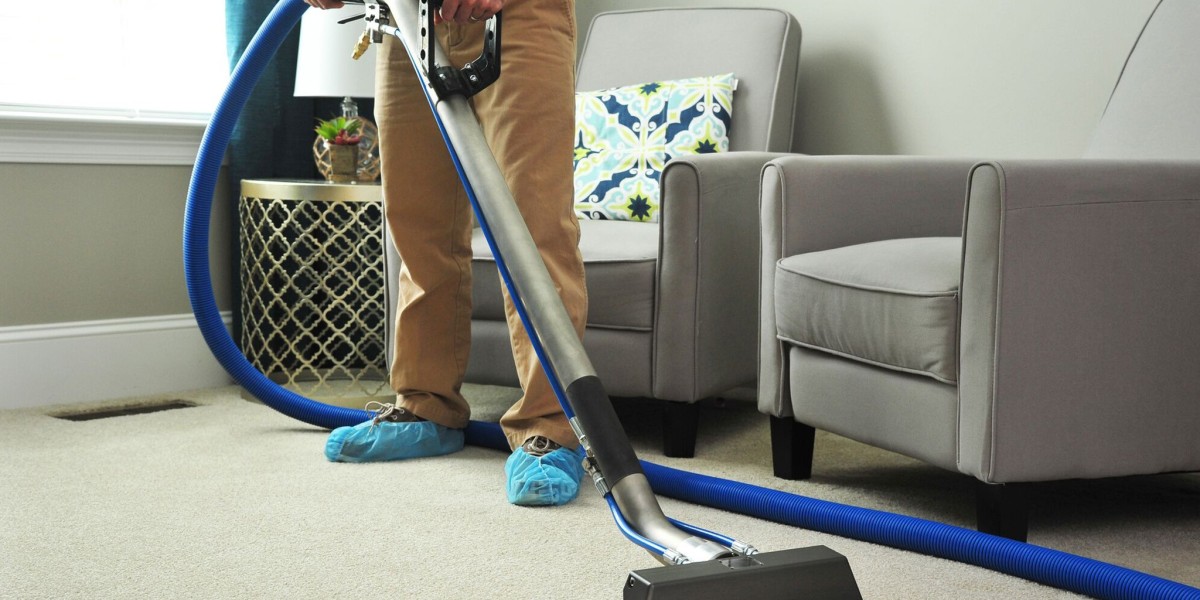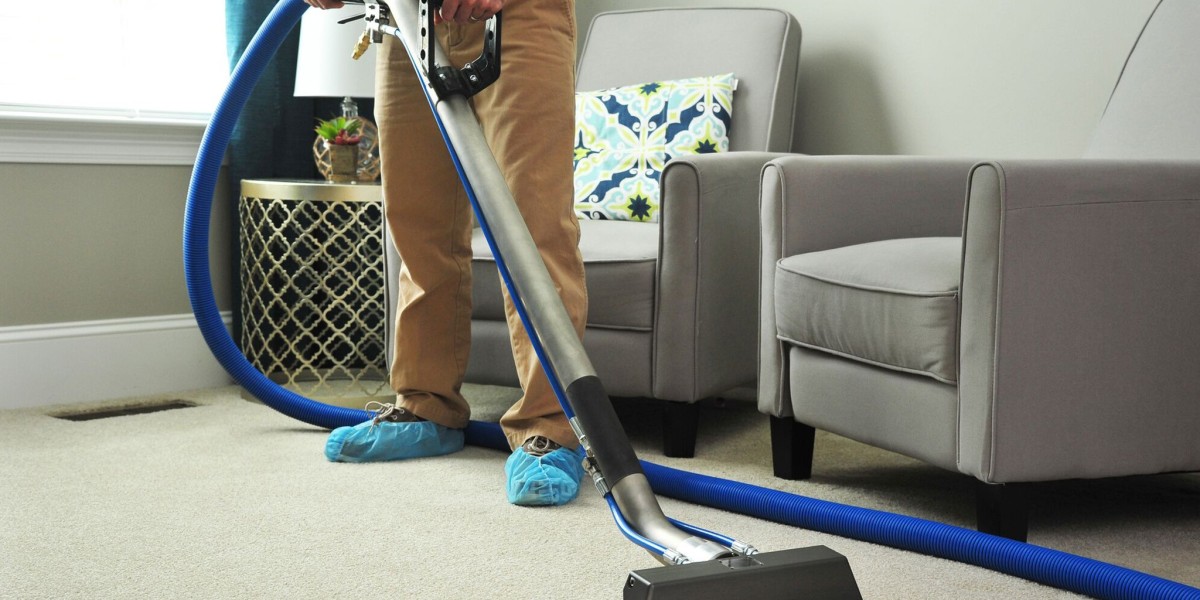In the contemporary landscape of office design, the use of glass partitions has become increasingly prevalent. These transparent barriers are not only functional but also contribute significantly to the aesthetic appeal of work environments. This article aims to explore the various aspects of glass partitions in office settings, including their impact on employee productivity, collaboration, and overall workplace atmosphere.
Glass partitions have gained popularity due to their ability to create a sense of openness while still delineating spaces. During an observational study conducted in several modern office buildings, it became evident that the integration of glass partitions has transformed traditional cubicle layouts into more fluid and dynamic workspaces. The offices observed ranged from tech startups to corporate headquarters, each utilizing glass partitions in unique ways to enhance their work environment.
One of the most notable observations was the effect of natural light on employee morale and productivity. Offices equipped with glass partitions allowed light to permeate deeper into the workspace, creating a brighter and more inviting atmosphere. Employees reported feeling more energized and focused when working in spaces that benefited from ample natural light. The transparency of glass also fostered a sense of connectivity among team members, as individuals were able to see and engage with their colleagues without the barriers typically associated with solid walls.
Collaboration emerged as a key theme in the study of glass partition usage. Many offices have adopted an open-plan approach, where glass partitions serve to create meeting rooms or collaborative spaces without isolating teams. Observations indicated that employees frequently gathered in these glass-enclosed areas for brainstorming sessions or informal discussions. The visibility offered by glass walls encouraged spontaneous interactions, which are often essential for fostering innovation and creativity.
However, the implementation of glass partitions is not without its challenges. While they promote transparency and openness, some employees expressed concerns about privacy. In particular, those working in roles that require confidentiality or concentration found the lack of sound insulation to be a drawback. The study revealed that while glass partitions facilitate communication, they can also lead to distractions, especially in busy office environments. This duality of benefits and drawbacks highlights the need for a balanced approach when designing office spaces with glass partitions.
Another aspect worth noting is the aesthetic value that glass partitions bring to an office. Observations noted that many companies used glass as a design element to reflect their brand identity. For instance, some offices incorporated frosted glass or etched designs that aligned with their corporate image, while others opted for clear glass to emphasize minimalism and modernity. This versatility allows organizations to customize their workspaces to fit their culture and Window Replacement Harpenden values.
Acoustic solutions have also become an important consideration in the use of glass partitions. To address privacy concerns, many offices have begun to explore various soundproofing techniques. These include the use of acoustic panels, strategically placed furniture, and the incorporation of plants to absorb sound. Observations indicated that offices that invested in these solutions experienced a more harmonious balance between openness and privacy, allowing employees to thrive in both collaborative and focused work scenarios.
The role of technology in enhancing the functionality of glass partitions was another significant finding. Many modern offices have integrated smart glass technology, which allows for the adjustment of transparency at the touch of a button. This innovation enables employees to create private spaces on demand, effectively addressing the privacy concerns associated with traditional glass partitions. Observations showed that employees appreciated the flexibility provided by smart glass, as it allowed them to tailor their work environment to their immediate needs.
Moreover, the maintenance of glass partitions emerged as an important factor in their long-term viability. Observations indicated that while glass is relatively easy to clean, fingerprints and smudges can detract from its appearance. Offices that implemented regular cleaning schedules and used high-quality cleaning products were able to maintain a pristine look, which in turn contributed to a positive work environment. The visual clarity of glass partitions can significantly impact the overall perception of an office, reinforcing the importance of upkeep.
In conclusion, the observational research conducted on glass partitions in office environments reveals a multifaceted perspective on their benefits and challenges. While they promote openness, collaboration, and aesthetic appeal, the potential drawbacks related to privacy and distractions must be carefully managed. The integration of technology and soundproofing solutions offers promising avenues for enhancing the functionality of glass partitions, making them a valuable asset in modern office design.
As organizations continue to evolve in their approach to workspace design, the insights gained from this study underscore the importance of creating environments that foster both collaboration and focus. Glass partitions, when thoughtfully implemented, can play a pivotal role in achieving this balance, ultimately contributing to a more dynamic and engaging workplace for all employees.









